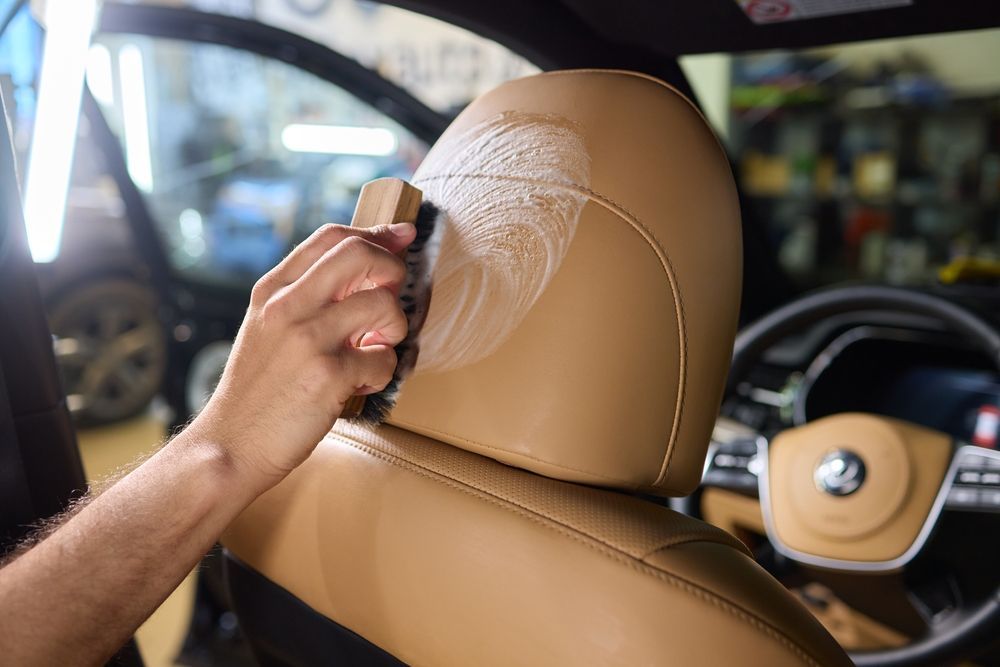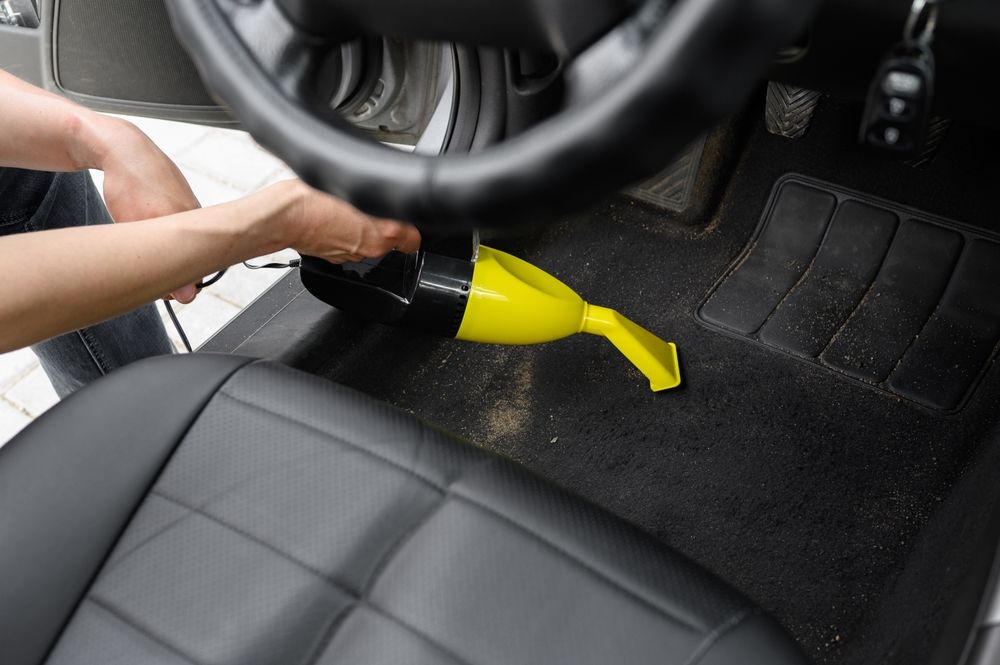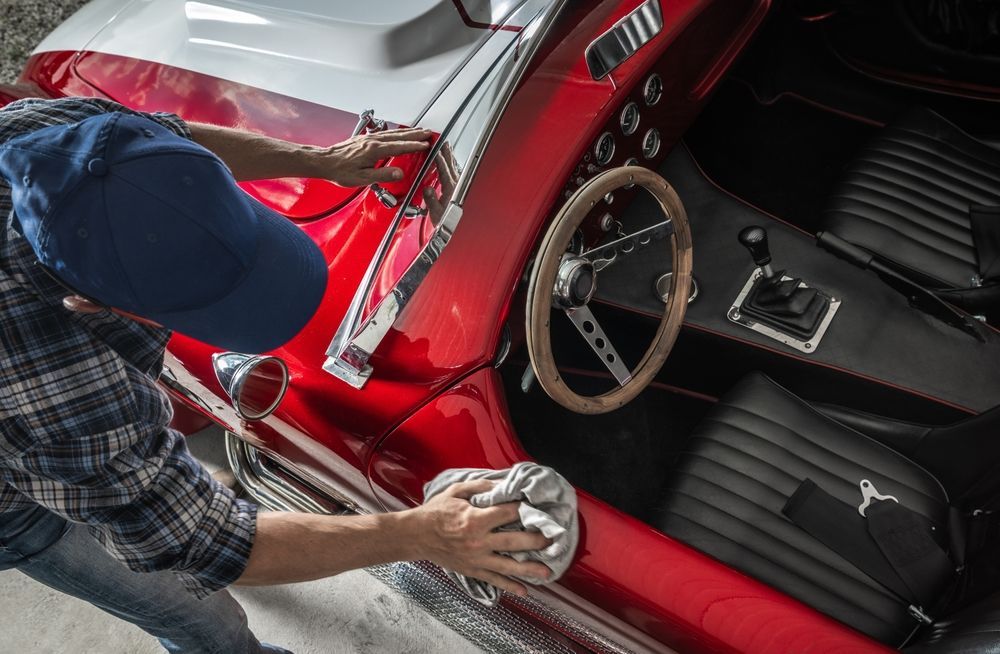Can You Drive Your Car After an Accident?
Share this article:
Written by: Wrecktify

Can you drive a damaged car after you've been in an accident?
It's a bit of a loaded question, and while drivers should always err on the side of caution following any type of collision, there may be cases where it's OK to get back behind the wheel and drive a damaged vehicle for a limited distance. In this post, we'll discuss this dilemma, answer some frequently asked questions, and share more information to help you make the best decision.
I Got in an Accident. Can I Still Drive My Car?
Can you still drive your car if you've been in an accident? If the accident was minor and minimal damage was sustained, probably.
But should you drive your car following an accident? That's a whole other question.
While there may be some circumstances where you're fine driving your car following an accident (i.e., minor fender bender), it's always best practice to have your vehicle at least professionally inspected for damage and issues addressed accordingly before you get back behind the wheel. Driving a damaged vehicle is only likely to make any issues worse, potentially turning an already unfortunate experience into one that's even more frustrating.
In some cases, driving a damaged vehicle poses a major safety threat - both to you and others. In other cases, driving a vehicle with any damage may even be illegal.
If your vehicle is experiencing any of the following after an accident, there's a good chance that it shouldn't be driven:
- Warning lights illuminating the dashboard
- Broken or cracked windows or windshield
- Fluid leaks of any type
- Obvious structural damage
- Strange noises when starting the engine
- Noticeable wheel damage

Laws Surrounding Vehicle Damage
Depending on where you live, driving a vehicle after an accident may be against the law. Even if it appears your vehicle has sustained minimal damage and runs fine, you may not legally be allowed to operate it again until it has been professionally inspected and, if necessary, repaired. Make sure to know the law in your state before you get back behind the wheel following an accident.
Minor Car Damage & Issues
If you don't live in a state where it's illegal to drive following an accident, at a minimum you should be carefully inspecting your vehicle before putting the key back in the ignition and driving off after a collision. As we said earlier in this post, it's usually OK to drive off with minor damage until you can get your vehicle into a repair shop for a proper assessment. Remember though, damage can be deceiving. A fender bender may seemingly only result in minor bumper damage, but there could also be damage to the suspension or other structural issues that impact its performance and may be difficult for you to detect.
Some examples of minor vehicle damage may include:
- Dents or scratches
- Broken side mirrors or headlights
- Scuff marks
Severe Car Damage & Issues
If your car has sustained significant damage in an accident, then you shouldn't even attempt to get back behind the wheel and drive off. If the vehicle cannot be driven or poses any kind of safety risk, you should arrange to have it towed to a trusted repair shop. This can help prevent further damage to your vehicle and keep you and other motorists safe. If you're questioning whether or not you should drive your vehicle after an accident, always err on the side of caution.
Some examples of severe vehicle damage include:

- Noticeable frame damage
- Broken or bent suspension pieces
- Tire and wheel damage
- A cracked transmission
- Engine damage
- Fluid leaks
For a situation where you are considering collision repair without insurance, there are some factors to consider.
How to Determine Whether or Not to Drive Your Car
If it's legal to do so, determining whether to drive your vehicle following an accident is largely a judgment call. Here's a look at some questions to ask yourself to determine if it's the right thing to do:
FAQs
Is it Safe to Drive with a Loose Bumper?
No, it's always best to properly secure the bumper before operating your vehicle. A loose bumper poses a safety threat on the road, as it may unexpectedly fall off your vehicle, potentially causing damage to your car and any surrounding vehicles.
Is it Safe to Drive with a Cracked Windshield?
It depends on the size and location of the crack. In most cases, you'll want to repair the crack. In many cases, the windshield will need to be completely replaced. According to federal law, you cannot drive a vehicle with a crack that's larger than three-quarters of an inch in diameter if there are two cracks within a few inches of each other, or if there are any cracks in the driver's vision while driving. Keep in mind that even cracks that don't meet the aforementioned criteria are likely to spread over time so they eventually do require repair or windshield replacement.
Should I Worry About Car Dents?
As we said earlier in this post, even seemingly minor vehicle damage may be more serious than what meets the eye. While you might not think that a dent in the bumper should impact your vehicle's structural integrity, the collision's force can often wreak havoc on the car frame as well. Additionally, even if there is no structural damage, dents can pose their own threats over time if they're not repaired. Aside from being unsightly and impacting your vehicle's appearance and value, they can also accrue moisture, which can result in rusting or flaking paint.

Involved in a Collision? Let Wrecktify Sort it out Today!
If you're in an accident, you can trust your vehicle to Wrecktify Collision. No matter how minor or severe the damage seems, Wrecktify will carefully inspect your vehicle and complete any necessary repairs so you can have the peace of mind you need the next time you get behind the wheel. Contact Wrecktify today for more information.
Connect with us:




